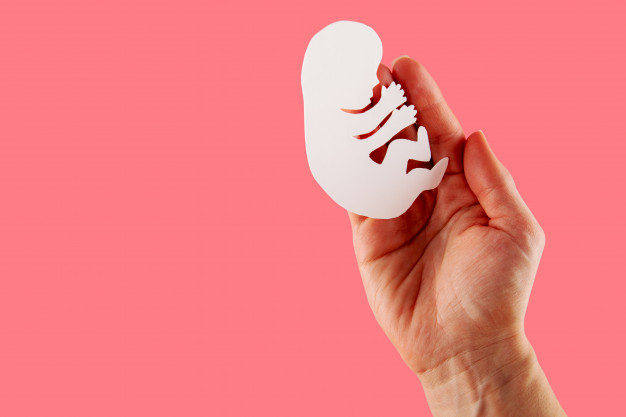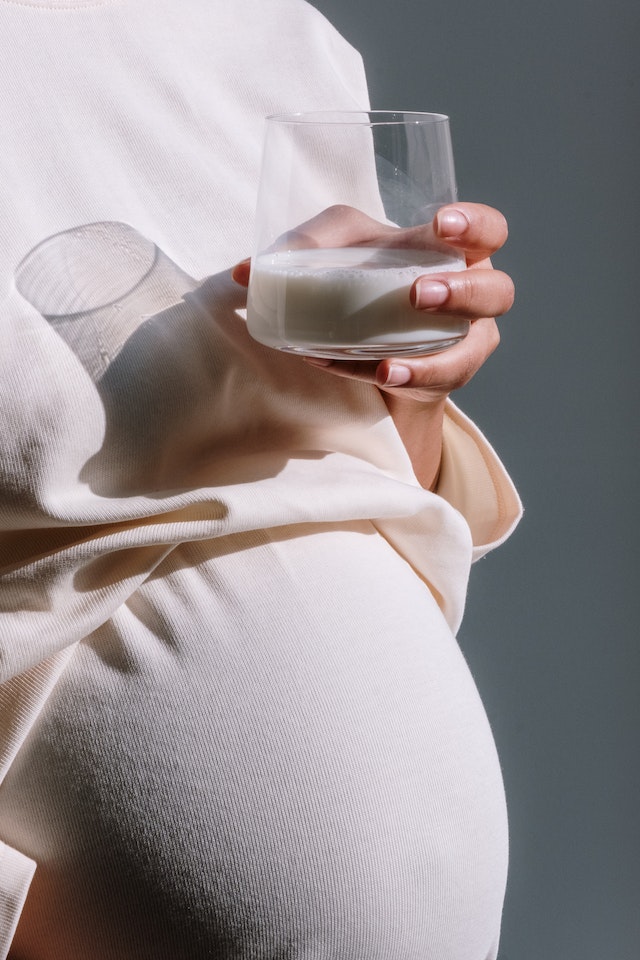Introduction
Infertility affects millions of couples worldwide, posing significant emotional and physical challenges.
In recent years, scientists have made remarkable strides in reproductive technology, giving rise to the
concept of an artificial womb.
This groundbreaking innovation offers hope to those struggling with infertility, potentially revolutionizing
the way we understand and address reproductive difficulties.
In this article, we delve into the concept of artificial womb technology, exploring its potential as a new solution
for infertility.
What is an Artificial Womb?
An artificial womb, also known as an ectogenesis system, is a device designed to support the development of
a fetus outside the human body.
It aims to mimic the conditions of a natural womb, providing a nurturing environment for fetal growth.
Researchers envision a self-contained, fluid-filled chamber where an embryo can be placed, allowing it to develop
into a viable fetus.
The artificial womb system would closely replicate the uterine environment, maintaining temperature, oxygen levels,
and nutrient supply necessary for fetal development.
The Promise of Artificial Womb Technology
Addressing Infertility Challenges: Artificial womb technology has the potential to offer a revolutionary solution for
couples struggling with infertility.
It provides an alternative path to parenthood for individuals who cannot conceive due to various factors, such as
uterine abnormalities, recurrent miscarriages, or medical conditions that make pregnancy dangerous.
Enhanced Preterm Baby Care:
Premature birth is a significant concern worldwide, often leading to severe health complications for infants.
Artificial womb technology could provide a controlled environment for premature babies, allowing them to continue
developing until they reach full term.
This advancement may potentially reduce the incidence of preterm birth-related health issues and improve survival
rates.
Advancement in Reproductive Science:
Artificial womb technology represents a milestone in reproductive science and opens doors for further research
and understanding of fetal development.
By studying the interactions between the developing fetus and its environment, scientists can gain valuable insights
into early human development, potentially leading to advancements in prenatal care and addressing pregnancy
complications.
Challenges and Ethical Considerations
While the concept of an artificial womb offers promising possibilities, it also raises several challenges and ethical
considerations that must be addressed:
Technological Limitations:
The development of a fully functional artificial womb system is a complex task that requires overcoming numerous
technological hurdles.
Researchers must ensure that the device can adequately replicate the intricate processes that occur within a natural
womb, including nutrient transfer, waste removal, and hormonal regulation.
Ethical Implications:
The introduction of artificial womb technology brings forth ethical considerations surrounding the definition of human
life and the potential for unintended consequences.
The legal and ethical implications of ectogenesis need careful examination, including the determination of fetal rights,
the psychological impact on the child, and the social implications of alternative methods of reproduction.
Conclusion
Artificial womb technology holds immense potential as a new solution for infertility, offering hope to countless
couples struggling to conceive.
While still in the experimental stages, this groundbreaking innovation could revolutionize reproductive science
and redefine our understanding of pregnancy and fetal development.
However, numerous challenges and ethical considerations need to be addressed before artificial womb technology
can be widely implemented.
Further research, technological advancements, and ethical discussions are essential to determine the future role
of artificial womb technology in addressing infertility and improving neonatal care.
![]()








